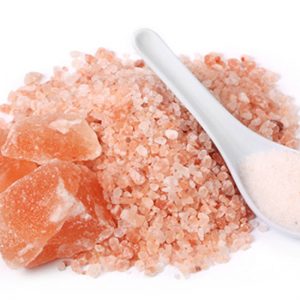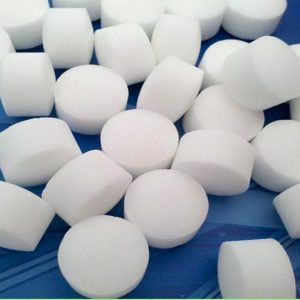Prime Hides Preservative (Flossy) Salt
Leather is developed using animal skin and hides. These skins and hides are chemically treated to preserve the quality and the texture. This process is known as tanning. After going through this process, the leather becomes strong, flexible and is able to resist decay.
Leather is developed using animal skin and hides. These skins and hides are chemically treated to preserve the quality and the texture. This process is known as tanning. After going through this process, the leather becomes strong, flexible and is able to resist decay. Different animal skins and hides are used to make leather which includes horses, cattle, goats, cows, calves, lambs, deer, kangaroos, reptiles, seals and walruses.
Each animal’s skin has different characteristics and so the tanning process for each animal’s skin is different. The process also changes with the requirements of the customers of the end product. After the hide or the skin is stripped from the animals, it is salted and dried. This process is called “curing”. There are two ways to cure: wet-salting and brine-curing. Out of the two wet-salting is more common, since it’s faster and easier. During the process of brine-curing, the skins or hides are positioned carefully in vats where they are smothered with a mixture of disinfectant and salt.
Flossy salt, also known as hide salt, has some chemicals added in it which act as pesticides on the skins and hides.
Bacterial growth in the skins and hides can be injurious to the business so 1% of Boric Acid and Sodium Fluoride is used as precaution. The salt used in this industry isn’t that harmful but the chemicals added can have an adverse effect on the quality of the leather. Typical, Sieve Analysis or Mesh Size Distribution (MSD) used in this grade is between 2 mm and 0.5mm.






There are no reviews yet.